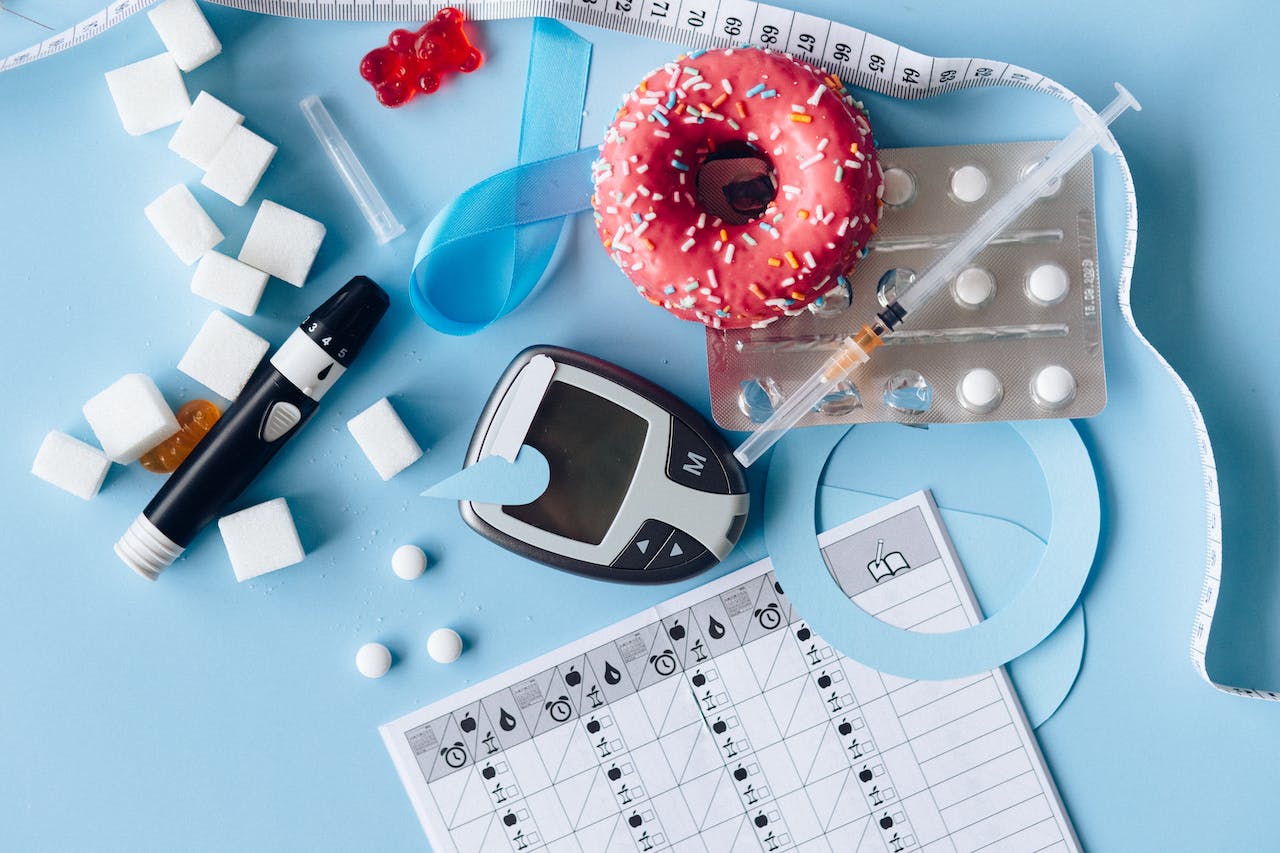Features
Dr Mufti Jokomba: Can Your Lifestyle Help Reduce the Risk of Diabetes?

Diabetes is a chronic, long-lasting disease that occurs when the pancreas does not provide enough insulin – a hormone that regulates our blood glucose – or when, for some reason, the body cannot effectively use the insulin it produces. Every year, November is globally dedicated to conversations about the prevention and management of diabetes. According to reports, about 10.5% of adults living with the disease have a projected increase of up to 45% by 2045 and about half of the people living with diabetes are unaware of it.
A recent analysis by the World Health Organisation showed that 46% of people live with diabetes in Africa, and this raises the risk of severe illness and death, potentially worsening the situation in the continent, which already has the world’s highest mortality rates due to the disease due to lack of best medical resources for testing or treating major ailments. Like every other disease, diabetes has risk factors, symptoms, or ways to avoid or manage it.
Diabetes can be compared to throwing a party where only 30 people are invited. There’s a security guard to ensure that only those 30 people are allowed in. However, if the security guard falls asleep on duty, your party of 30 can quickly turn into a party of 100. You won’t have enough space or facilities to accommodate all the guests, and since the security is sleeping, there’s no way for him to help. This leaves you with two options: either try to find a way to get these extra people out, which can ruin your party, or shut down your event entirely.
In this analogy, the party represents your body, the security guard is insulin, and the 30 invitees are the amount of glucose (sugar) your body should have at any given time. Just like for the party, you can choose to manage your symptoms or let the disease process ravage your body, leading to pain, discomfort and, for some, death.
Several factors can predispose a person to diabetes, including uncontrollable factors like family history, race or ethnicity, and age. Different types of diabetes are also associated with different age ranges. However, some factors are within our control, such as weight, level of physical activity, and overall eating habits.
Then there’s gestational diabetes which affects pregnant women. The risk factors for gestational diabetes include things like having a history of the disease in a previous pregnancy, delivering a baby that weighs more than 9 lbs or 4.08 kgs, giving birth after the age of 25, race/ethnicity, and weight. While these risk factors are often easier to outline, the symptoms of diabetes may not always be clear.
Some people with diabetes might not notice any symptoms at all, and in the case of gestational diabetes, there are no symptoms to be on the lookout for. But there are some factors, when present, that could be indicative of diabetes and should warrant a visit to the doctor for a blood sugar test. These symptoms are frequent urination, especially at night, losing weight unintentionally, constant hunger or thirst, blurry vision, numbness or tingling in hands or feet, excessive fatigue, and dry skin. Type 1 diabetes, which is more often present in teens or young adults, may also experience nausea, vomiting or stomach pains.
However, there are ways to lower the risk of diabetes, whether you are experiencing symptoms or not. One of the ways to prevent the onset of diabetes is by employing lifestyle changes, of which increasing one’s physical activity reigns supreme. Being more physically active will help one lose weight, lower blood sugar, boost the body’s sensitivity to insulin and increase its ability to do its job in the body. Based on research, physical activity in the morning or afternoon lowers the risk of diabetes. Exercise done during the day can increase energy and give a better mood. 20-25 minutes of doing a physical activity you like before starting your day will make all the difference. Hence, with physical activity, duration and intensity are what truly matter. Aerobic exercises like brisk walking, jogging, and dancing for half or two hours a week or resistance exercises such as Yoga moves and weight lifts, at least 2-3 times a week, can help maintain a healthy lifestyle needed to avoid this disease process.
Doing something simple, such as taking breaks from being in one position for too long, can also help control blood sugar levels. During these breaks, you can take a 30-minute walk around your space or do short physical activities.
While physical activity remains high on the list of ways to prevent diabetes, eating healthy fats like olive oil, canola oil, peanuts, salmon, or mackerel are other ways to help with diabetes and promote healthy cholesterol and heart health. Other things to do are to increase fruit and veggie intake, increase fibre-rich food within your diet and avoid diet plans like paleo or keto diets, which might help you lose weight but lack the research backing for long-term benefits. Whether or not you are predisposed to the risk factors for diabetes or if you’ve been noticing the symptoms, it is necessary to start taking control and managing the risks, not just to avoid being a part of that 45% increase in the disease process, but also for all the other health benefits of physical activity and other lifestyle changes.
***

















